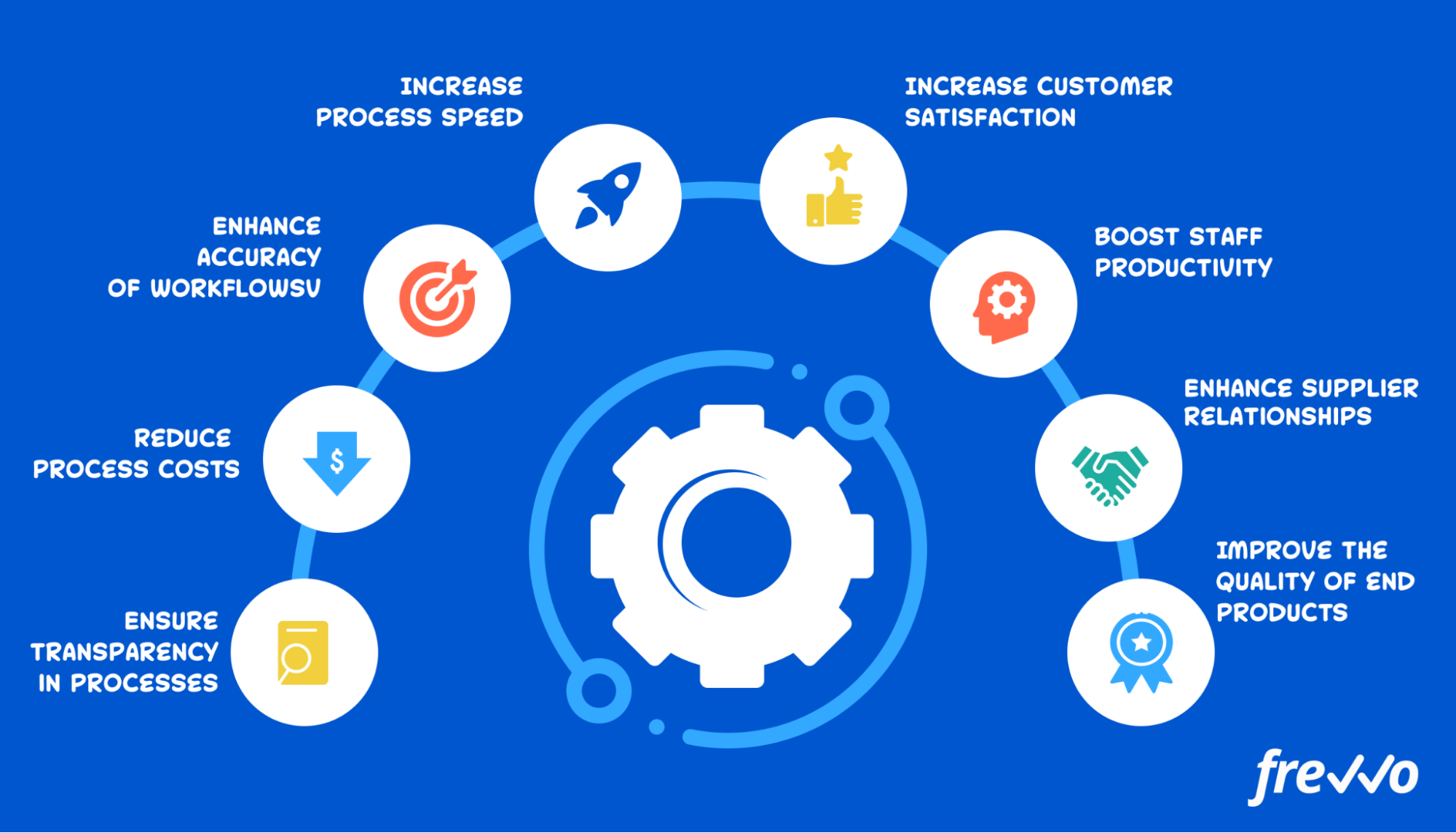As technology continues to evolve at a rapid pace, businesses need to constantly strive for improvement in order to stay relevant and competitive in today’s market. One key aspect of business success is performance improvement, which involves identifying areas where efficiency and effectiveness can be enhanced in order to achieve better results.
Setting Clear Goals and Objectives
One of the first steps in improving performance is to set clear and achievable goals and objectives for the business. This helps to provide direction and focus for employees, ensuring that everyone is working towards the same common goal.
Implementing Technology Solutions
Utilizing technology can significantly improve business performance by automating processes, reducing errors, and increasing efficiency. Whether it’s implementing a new CRM system, using project management software, or upgrading hardware, technology can streamline operations and drive better results.
Continuous Training and Development
Investing in the training and development of employees is crucial for improving performance. Providing ongoing education and skills development not only enhances employee productivity but also boosts morale and motivation within the organization.
Regular Performance Reviews
Regular performance reviews help to identify areas of strength and weakness within the business, allowing for targeted improvement strategies to be implemented. By providing feedback and guidance to employees, businesses can ensure that team members are continuously improving and meeting their goals.
Encouraging Communication and Collaboration
Improving performance in businesses often requires effective communication and collaboration among team members. Encouraging open dialogue and teamwork can lead to improved productivity, increased innovation, and better overall performance.
Monitoring and Analyzing Key Performance Indicators
Monitoring key performance indicators (KPIs) is essential for measuring the success of performance improvement strategies. By analyzing data and tracking progress over time, businesses can identify trends, make informed decisions, and adjust strategies as needed to drive better results.
Implementing a Performance Improvement Plan
Developing a comprehensive performance improvement plan is essential for businesses looking to achieve long-term success. By outlining goals, strategies, and timelines for improvement, businesses can track progress and ensure that performance targets are being met.
Conclusion
In today’s ever-changing business landscape, performance improvement is crucial for ensuring long-term success and competitiveness. By implementing these techniques and strategies, businesses can drive better results, increase efficiency, and achieve their goals.
(Note: This is a sample article provided with HTML markup. Please copy and paste this text into an HTML file to view the correct formatting on a web browser)

